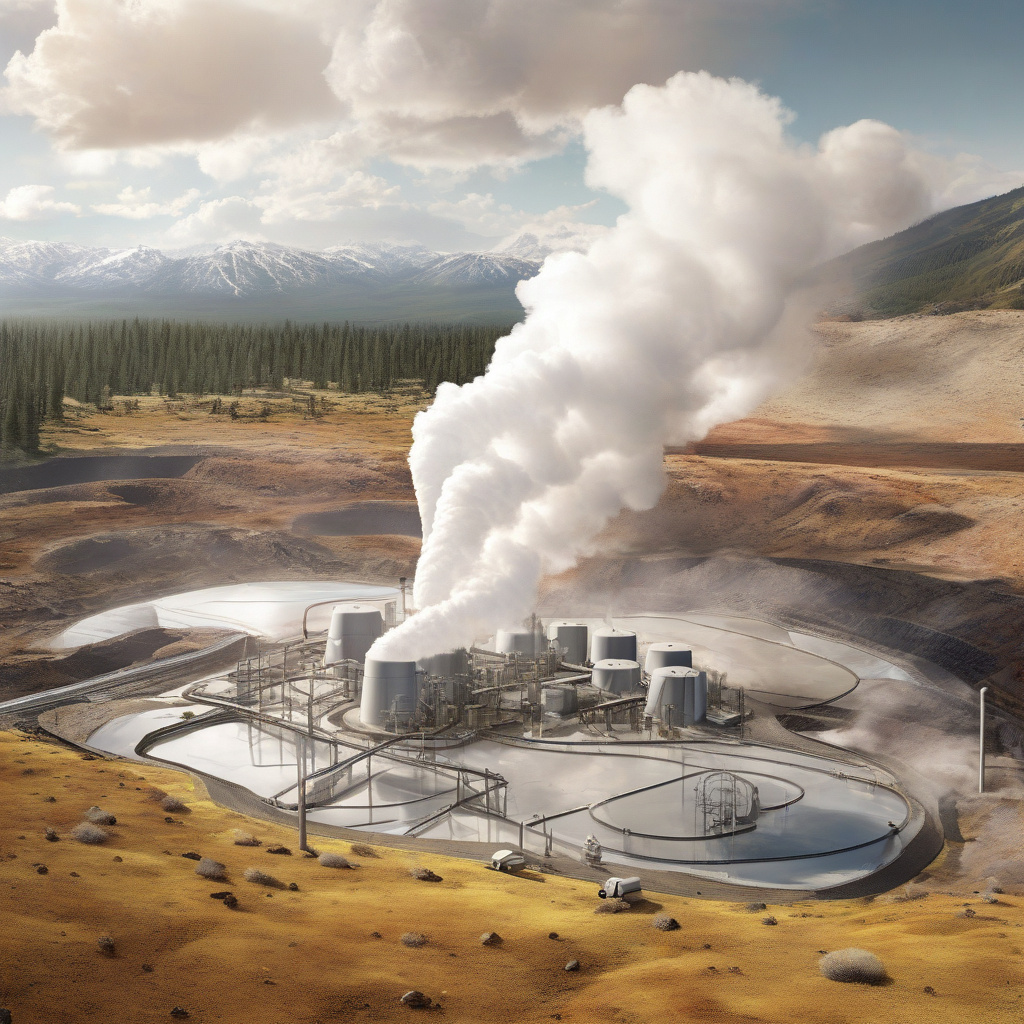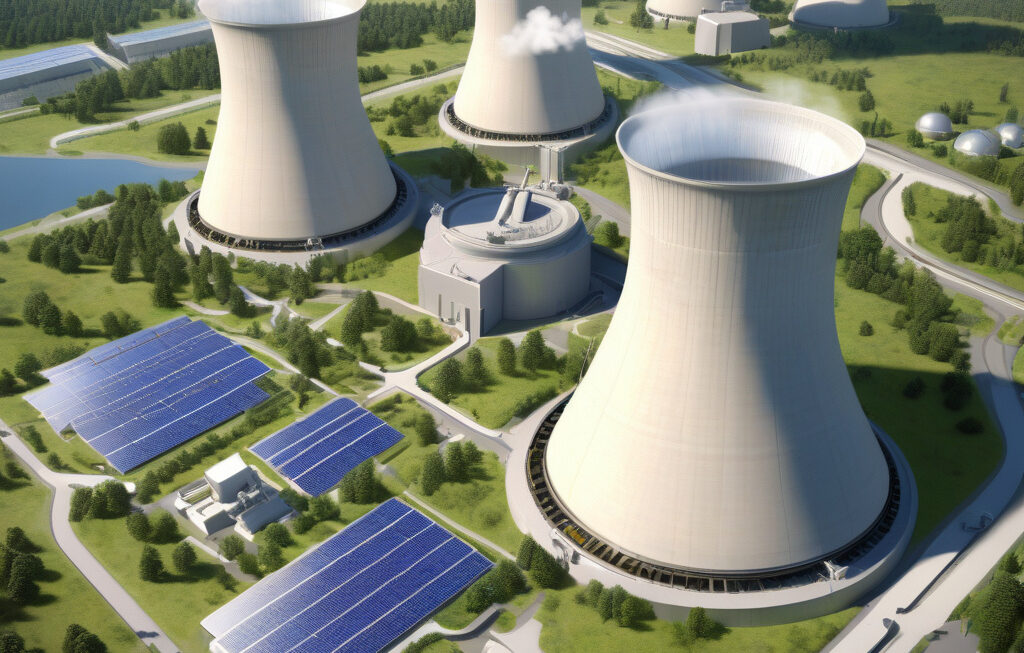Race to Tap Earth’s Deep Heat: How Super-Hot Geothermal Could Power the Post-Carbon World
In the quest for sustainable energy sources, scientists and engineers are increasingly turning their attention to the Earth’s deep heat. One promising technology that is gaining momentum is super-hot geothermal energy, which has the potential to revolutionize the way we power our world in a post-carbon era.
The idea behind super-hot geothermal energy is to tap into the immense heat that resides deep beneath the Earth’s surface. Unlike traditional geothermal energy, which relies on hot water and steam found relatively close to the surface, super-hot geothermal seeks to access even higher temperatures that lie much further down.
One of the most ambitious projects in this field took place in the 1970s when scientists drilled a borehole seven miles (12 km) into Russia’s Kola Peninsula. The goal was to test the limits of how far we could drill into the Earth’s crust and to study the geology of the planet’s deep layers. While the project faced numerous challenges, it provided valuable insights into the Earth’s heat potential and paved the way for future developments in super-hot geothermal technology.
Today, researchers around the world are exploring innovative ways to harness this deep heat and turn it into a reliable source of clean energy. One of the key advantages of super-hot geothermal energy is its consistency – unlike solar or wind power, which are intermittent sources of energy, geothermal heat is available 24/7, making it a highly reliable option for powering our grid.
Furthermore, super-hot geothermal energy has the potential to produce power on a massive scale. By tapping into the Earth’s deep heat reservoirs, we could generate enough electricity to meet the needs of entire cities or regions, all without burning fossil fuels or releasing harmful emissions into the atmosphere.
Iceland is one country that has already made significant strides in harnessing the power of geothermal energy. Thanks to its unique geology, the island nation derives the majority of its electricity and heat from geothermal sources, making it a global leader in renewable energy production. Other countries, such as the United States, Japan, and New Zealand, are also investing in geothermal technology as part of their efforts to transition to a low-carbon economy.
In addition to its environmental benefits, super-hot geothermal energy could also have a significant economic impact. The development of geothermal power plants creates jobs, stimulates local economies, and reduces dependence on imported energy sources. Furthermore, once the infrastructure is in place, geothermal energy is relatively low-cost to maintain, making it an attractive long-term investment for governments and energy companies alike.
Of course, there are challenges that must be overcome in order to fully realize the potential of super-hot geothermal energy. Drilling deep into the Earth’s crust is a complex and expensive process, requiring advanced technology and engineering expertise. There are also concerns about the environmental impact of large-scale geothermal projects, such as the potential for induced seismicity or groundwater contamination.
Nevertheless, the promise of super-hot geothermal energy as a clean, reliable, and abundant source of power is too great to ignore. As we continue to seek alternatives to fossil fuels and work towards a more sustainable future, technologies like super-hot geothermal could play a crucial role in powering the world’s transition to a post-carbon economy.
In the race to tap Earth’s deep heat, the finish line may still be a ways off, but the journey towards a cleaner, greener energy future is well underway.
geothermal, sustainableenergy, renewable, postcarbon, cleanenergy












